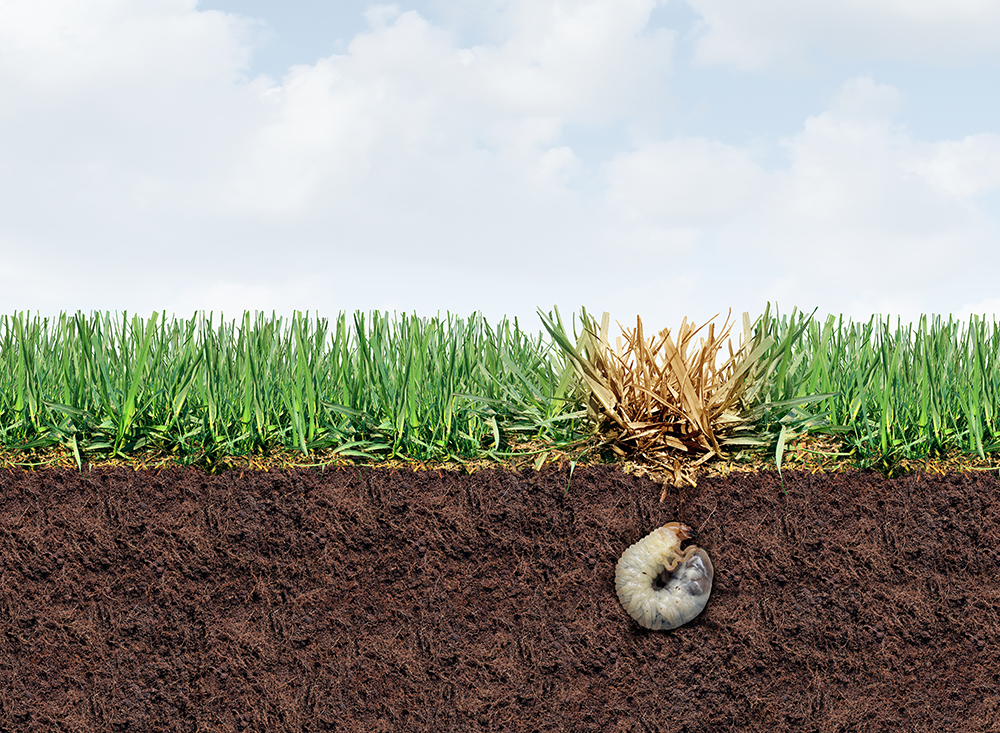
Chinch Bugs in Houston Area Lawns: How to Spot, Treat, and Prevent This Costly Pest
As temperatures soar across Greater Houston, a tiny pest is making a big impact in residential yards—chinch bugs. Known for their ability to devastate St. Augustine grass during hot, dry months, these nearly invisible invaders can quickly turn a lush green lawn into a patchy, brown disaster. Experts from the Texas A&M AgriLife Extension Service warn that early detection and treatment are key to saving your turf—and your wallet.
What Are Chinch Bugs?
Chinch bugs are small insects—adults grow to only about 1/6 inch long—that feed on the sap of grass blades, injecting toxins that disrupt the plant’s ability to transport water. This damage often mimics drought stress, making it difficult for homeowners to distinguish between the two until it’s too late.
According to the Texas A&M AgriLife Extension, these bugs thrive in hot, sunny conditions, especially during July and August, but can become active as early as late spring. They are most commonly found in St. Augustine lawns, which are a staple throughout the Houston area due to their shade tolerance and soft texture.
Signs of a Chinch Bug Infestation
The first clue of a chinch bug problem is typically irregular patches of yellowing or browning grass that expand over time despite regular watering. Texas A&M AgriLife experts recommend a simple test: "Cut out both ends of a coffee can, push it a few inches into the soil, and fill it with water. If chinch bugs are present, they will float to the top within a few minutes."
Mobile Sidebar Ad
Other telltale signs include:
- Dry-looking grass that doesn’t respond to irrigation
- Damage that begins in sunny areas near pavement or sidewalks
- A gradual widening of the dead zones
Homeowners often mistake this damage for fungal disease or under-watering, but acting on those assumptions can lead to unnecessary lawn replacement if the true culprit—chinch bugs—goes untreated.
Treatment: Start Here Before You Rethink Your Lawn
While many residents may feel tempted to rip out damaged grass and start fresh, entomologists at Texas A&M urge homeowners to try treatment first.
Insecticides labeled specifically for chinch bugs—containing active ingredients such as bifenthrin, carbaryl, or permethrin—can be effective when applied correctly. Timing and thoroughness are critical: apply treatments during the early morning or evening hours, and make sure to cover the perimeter of visibly damaged areas.
"The damage will not recover overnight," according to Texas A&M AgriLife’s lawn care guidance. "It may take weeks for green shoots to return, but without stopping the pest, new sod or seed will meet the same fate."
Mobile Sidebar Ad
Long-Term Prevention Tips for Houston Lawns
Chinch bugs are persistent, but there are ways to make your lawn less hospitable:
-
Avoid over-fertilizing: Excess nitrogen can encourage fast, lush growth that attracts chinch bugs.
-
Maintain proper mowing height: St. Augustine grass should be kept at 2.5–4 inches to promote a healthy root system.
-
Improve irrigation: Water deeply and infrequently to reduce stress on turf.
- Encourage beneficial insects: Predators like big-eyed bugs and spiders help keep chinch bug populations in check
Routine inspection during the hot season can also catch early infestations before they cause irreversible damage.
Local Impact Across Greater Houston
The Houston climate—hot, humid, and often dry between downpours—makes the region a prime target for chinch bug outbreaks. In neighborhoods from Katy to Kingwood and Cypress to Clear Lake, lawn care professionals report a spike in service calls related to dead or dying grass that often traces back to this hard-to-spot pest.
Given the high cost of sod replacement and the labor involved, it pays to act early.
Stay tuned with My Neighborhood News for ongoing lawn care tips, local pest alerts, and expert-backed guidance tailored for Greater Houston homeowners.
 Tiffany Krenek has been on the My Neighborhood News team since August 2021. She is passionate about curating and sharing content that enriches the lives of our readers in a personal, meaningful way. A loving mother and wife, Tiffany and her family live in the West Houston/Cypress region.
Tiffany Krenek has been on the My Neighborhood News team since August 2021. She is passionate about curating and sharing content that enriches the lives of our readers in a personal, meaningful way. A loving mother and wife, Tiffany and her family live in the West Houston/Cypress region.

